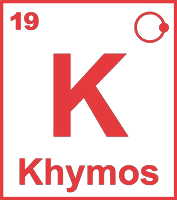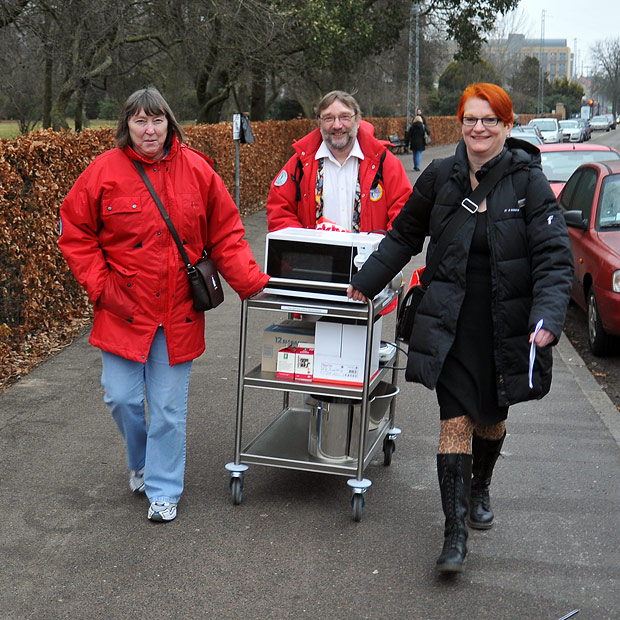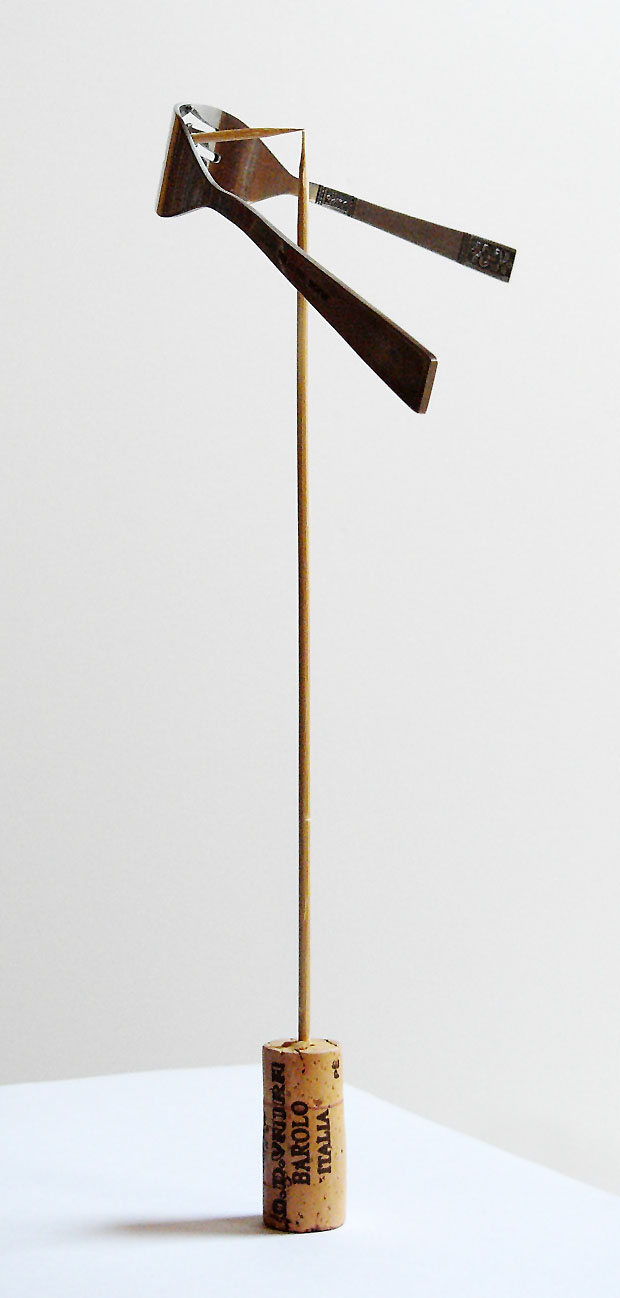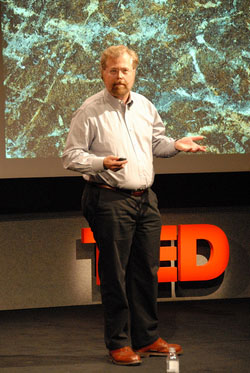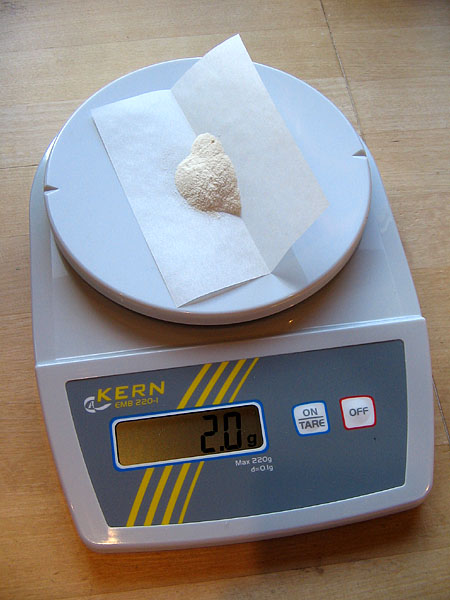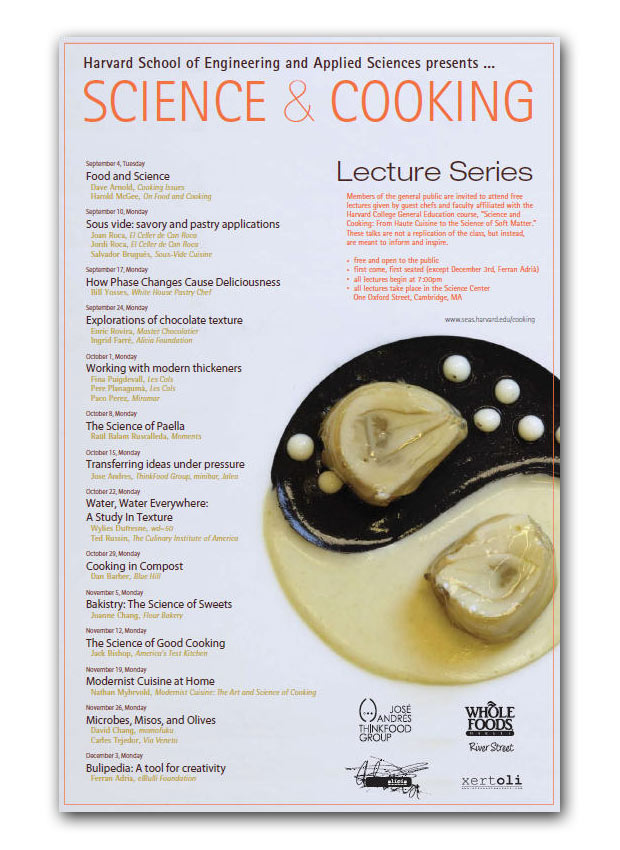
Harvard science & cooking lectures 2012
The popular Science & Cooking lectures at Harvard are back again (in fact they started September 4th). Classes are filmed and freely available via Youtube and iTunes. Like in previous years the public lecture series is given alongside the course “Science…
